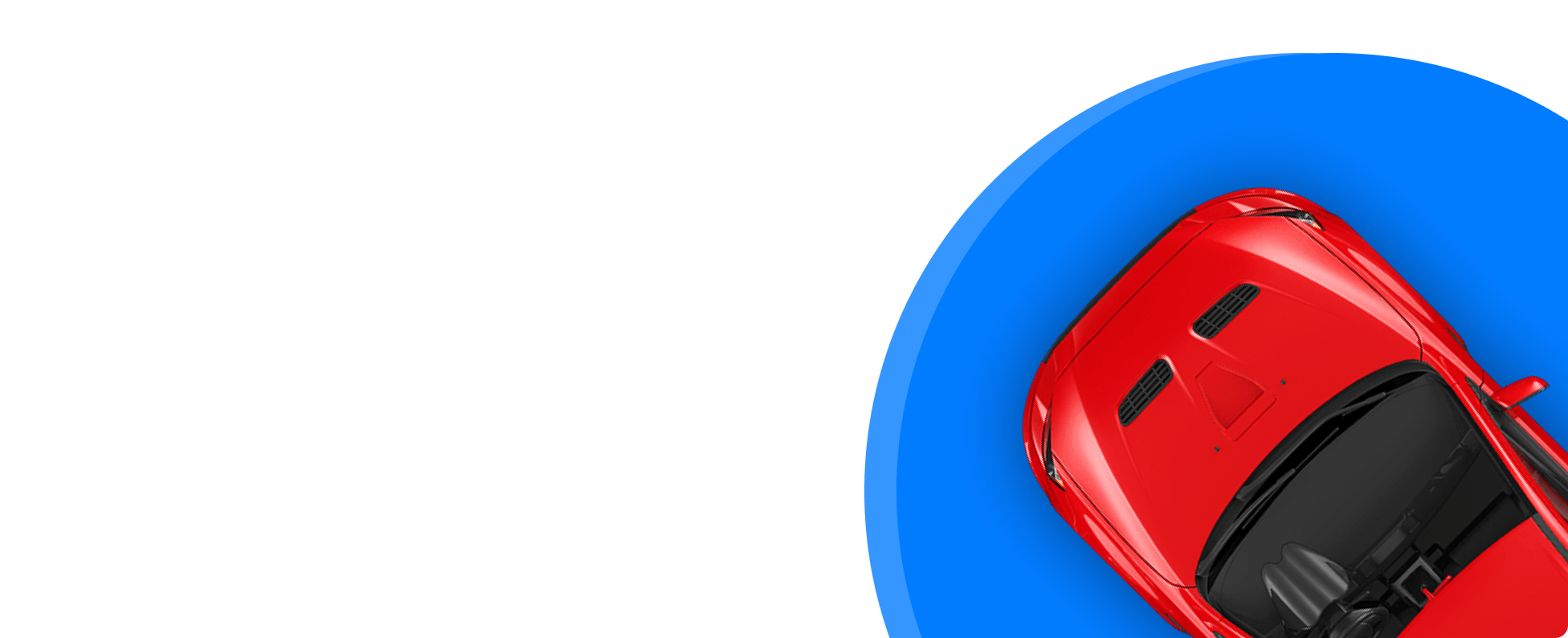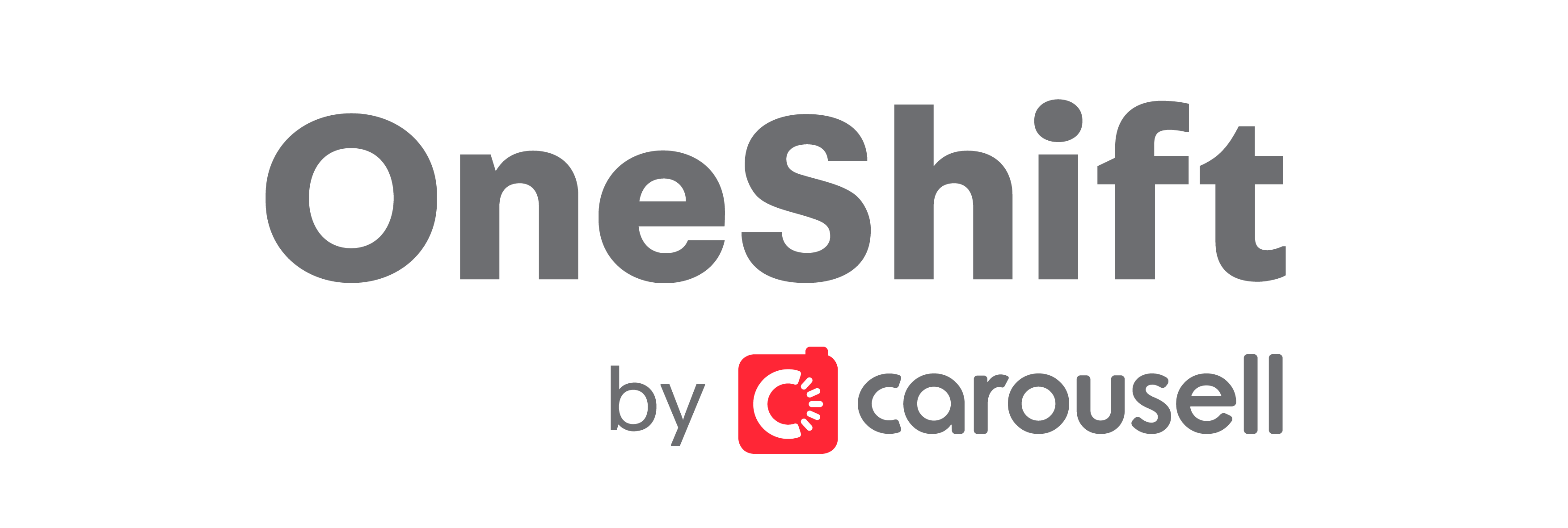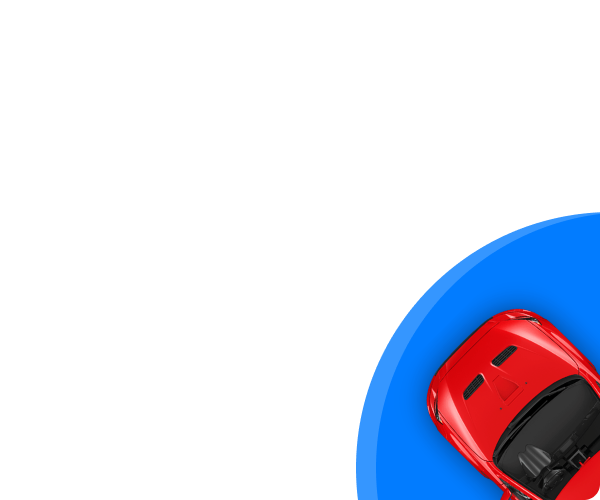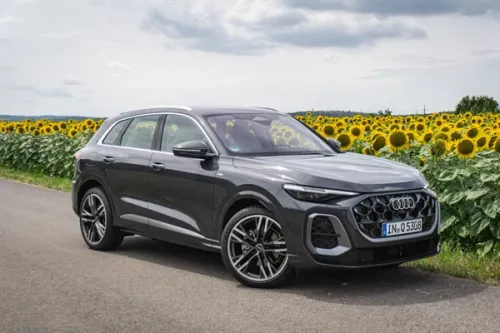ABD urges
The Association of British Drivers alleges that "many eco-driving tips worsen congestion".

The ABD is urging motorists to "drive to reduce congestion" as the best way of saving fuel and reducing emissions. Other road users can play a part, too!
There is considerable advice floating around on how to drive economically, but much of this can cause congestion for others and so increase overall fuel consumption. Some tips are downright wrong and others are even dangerous.
Examples of congestion causing behaviour resulting from "crawl everywhere" eco advice include:
- Joining motorways from slip roads at speeds below that of the traffic already on the road, creating braking and lane changes
- Slowing down to leave the motorway before entering the slip road to avoid braking at the end of it
- Holding up traffic on single carriageway roads causing unnecessary overtaking
- Crawling away from traffic lights and so reducing the number of vehicles that can get through on green
- Turning the engine off whilst at a red light and then being slow to restart it.
[I]Efficient driving to cut congestion can cut journey times and save fuel for all.[/I]
The ABD calls for public advice campaigns to switch their focus and look at the overall picture. Remember, congestion is the biggest waster of fuel and biggest cause of pollution. Slow moving, stop/start traffic is the least fuel efficient.
The ABD offers the following congestion busting advice:
[B]Traffic Lights[/B]
The vital thing is to maximise the number of vehicles getting through each green phase. Don't dither! Drivers should predict when lights are going to change to green and be ready in gear to go immediately if safe to proceed. The first driver should accelerate briskly, following drivers should move as soon as he goes and keep up. Whilst of course they must maintain a safe distance, this should not be excessive. When approaching green lights proceed at a speed where you can safely stop if they change or other hazards appear but there is no need to slow more. Try to anticipate light changes to avoid stopping if possible. Don't straddle lanes and indicate your intentions clearly for the benefit of drivers and pedestrians.
[B]Junctions[/B]
Don't block them. When turning right position your vehicle close to the centre line so others can filter to your left. When exiting T junctions form two lanes as soon as there is space. Don't dither and be ready to go.
[B]Motorways[/B]
When entering accelerate on the slip road and merge smoothly at the speed of traffic in lane one. Don't disrupt or impede flow by entering too slowly.
When exiting leave the motorway at the general speed of lane one then slow down once on the slip road. Try not to slow down or brake whilst still in lane one as this can cause great disruption to flow (there are exceptions where slip roads are short or congested).
It can be more efficient to keep a constant throttle opening and gain speed on downhill stretches, allowing speed to drop off uphill, but don't obstruct other traffic while you are doing this (and watch your speed!).
Don't hog the outer lanes. If not overtaking other traffic move to the left. Staying in the middle or outer lane when lane one is clear seriously impedes the flow of traffic and is inefficient use of roadspace.
Avoid braking on the motorway unless unavoidable. Your brake lights will cause a chain reaction which is exaggerated as it filters back. Try to drive at an even speed. If you see stationary traffic ahead, try to slow down early in the hope it will be moving again by the time you arrive!
[B]Single Carriageway Roads[/B]
The most efficient traffic is smooth free flowing traffic. Ensure you are driving at a speed where you are not holding others up. If you need to drive slower than the natural pace of traffic for the road then pull in at every safe opportunity to let any build up of traffic behind you pass. Keep an eye in the mirror. If a number of cars are bunched up behind you then you are likely causing a hazard and should consider pulling over or increasing your speed. Don't sit close behind other slow moving traffic if not intending to overtake. You are creating a double hazard for others to overtake. Don't slow down more than is necessary for bends. The secret of safe driving is to always drive at a speed where you can safely stop in the distance you can guarantee to be clear. There is no need to slow more than this for bends, it wastes the fuel of all behind you who are forced to brake and accelerate too.
[B]Pedestrians & Cyclists[/B]
You can play a part too. Cyclists all too often fail to indicate their intentions. This can lead to drivers, pedestrians and other cyclists sitting at junctions for long periods only to watch the cyclist turn off.
Pedestrians: If you are not going to wait for the 'green man' then don't press the button. This brings traffic to a standstill pointlessly after you have crossed.
Credits: JRC


Get the Best Price for your used car
from 500+ dealers in 24 hours

- Convenient and Hassle-Free
- Consumer Protection
Transparent Process
With No Obligation








